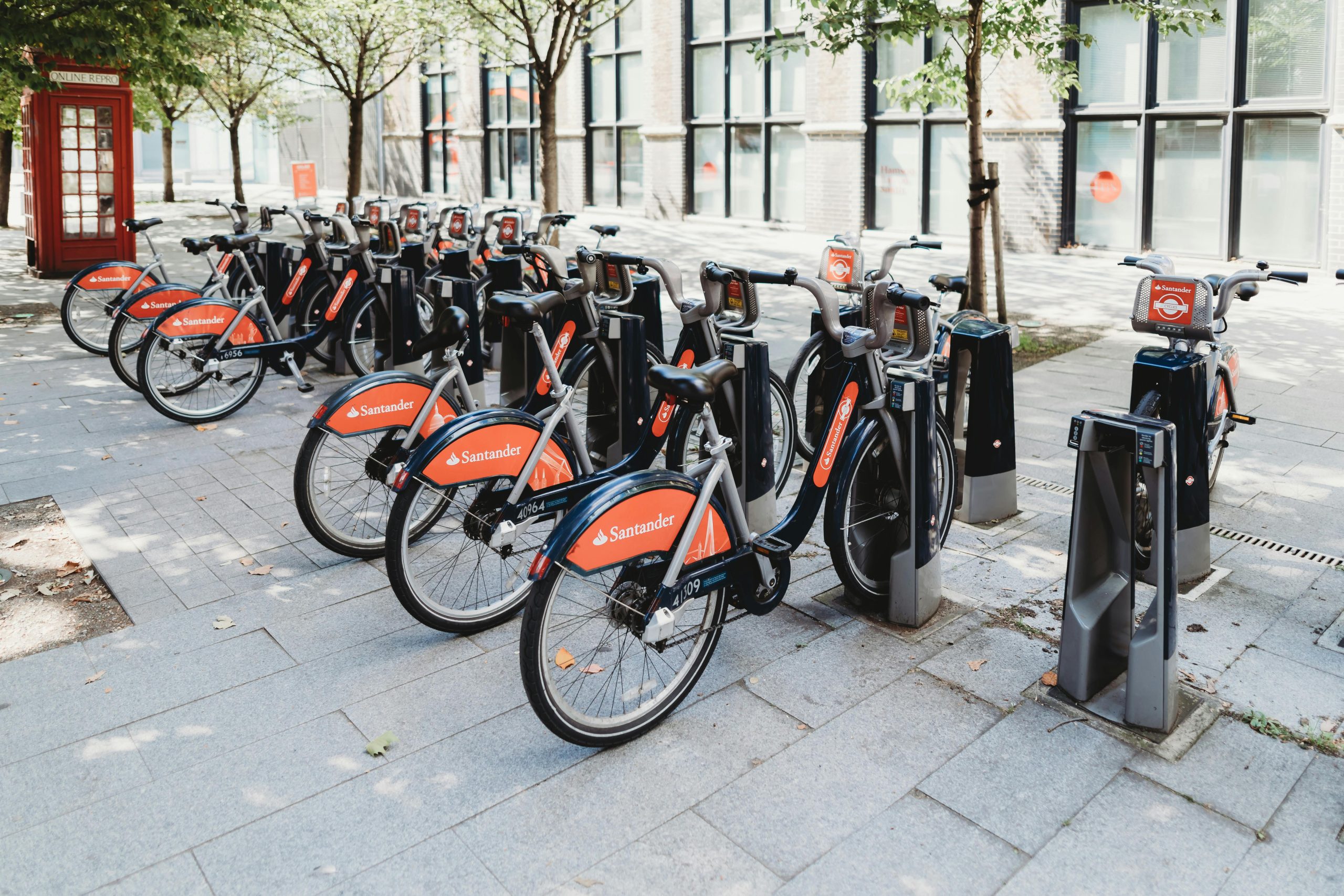The Santander Bike Dilemma: A Growing Concern
If you’re a regular user of the Santander bike sharing scheme, you may have encountered a frustrating pattern lately. Have you noticed the distinct lack of available bikes at specific locations during peak hours? I had a particularly eye-opening experience in Holborn recently, where I found an astonishing 20 bike stands completely devoid of both traditional and e-bikes.
On the flip side, I’ve also experienced the opposite scenario where every rack is overflowing, forcing cyclists to venture further from their destinations in search of a place to securely dock their bikes.
This leads me to question: Does Transport for London (TfL) actively monitor bike usage trends? Shouldn’t they be relocating bikes from areas of high demand to those less populated? It seems like an obvious solution to a growing problem.
As the popularity of these bikes continues to climb, it raises the concern of whether the system can keep pace with demand. With limited bikes available, are we witnessing the beginning of a more significant logistical challenge for the scheme?
As cyclists and commuters, we hope for a resolution that ensures easier access to bikes and a more balanced distribution throughout the city. In the meantime, let’s keep the conversation going about how to improve this vital service.


Addressing the Santander Bike Distribution Challenge
I completely share your frustration with the uneven distribution of Santander bikes across London. As a long-term resident and avid cyclist, I’ve noticed that during peak hours, some areas like Holborn are left with virtually no bikes, while nearby stations overflow. This imbalance not only causes inconvenience but also discourages residents from embracing cycling as a sustainable transport option.
To improve the situation, I believe Transport for London could consider several strategies:
Ultimately, balancing the supply of bikes with user demand is key to the system’s success. Smart redistribution combined with innovative docking solutions could transform the scheme into a more reliable and user-friendly service for all Londoners. Hopefully, TfL continues to adapt and refine these strategies to keep London moving efficiently and sustainably.
Addressing the Distribution Challenge of Santander Bikes in London
As a fellow London resident who relies on the bike-sharing scheme for daily commutes, I share the frustration about the uneven distribution of bikes across the city. This issue not only impacts individual convenience but also raises broader questions about the sustainability and efficiency of our cycling infrastructure.
To enhance the system, I believe Transport for London could consider:
Moreover, expanding the network to include more docking stations in underserved areas could alleviate pressure on existing hotspots and promote more equitable access. Ultimately, a combination of technology, strategic planning, and community involvement will be key to making the Santander bike scheme more resilient and user-friendly for all Londoners.